Rising Demand in Aerospace Sector
The aerospace sector is experiencing a notable increase in demand for lightweight and high-strength materials, which is propelling the Prepreg Market. As aircraft manufacturers seek to enhance fuel efficiency and reduce emissions, the adoption of prepreg materials is becoming more prevalent. According to recent data, the aerospace segment is projected to account for a substantial share of the prepreg market, with a growth rate of approximately 8% annually. This trend is driven by the need for advanced composite materials that can withstand extreme conditions while maintaining structural integrity. Consequently, the Prepreg Market is likely to see a surge in investments and innovations aimed at meeting the specific requirements of aerospace applications.
Automotive Industry Transformation
The automotive industry is undergoing a transformation with a strong emphasis on lightweight materials to improve fuel efficiency and reduce carbon footprints. The Prepreg Market is poised to benefit from this shift as manufacturers increasingly incorporate prepreg composites into vehicle designs. Recent statistics indicate that the automotive segment is expected to grow at a rate of 6% annually, driven by the rising demand for electric vehicles and stringent emission regulations. As automakers seek to enhance performance while adhering to environmental standards, the adoption of prepreg materials is likely to become more widespread, further propelling the growth of the prepreg market.
Growth in Wind Energy Applications
The increasing focus on renewable energy sources, particularly wind energy, is significantly influencing the Prepreg Market. Wind turbine manufacturers are increasingly utilizing prepreg materials to enhance the performance and durability of turbine blades. The lightweight nature of prepregs allows for larger and more efficient blade designs, which can lead to improved energy capture. Recent estimates suggest that the wind energy sector could contribute to a growth rate of around 7% in the prepreg market over the next few years. This shift towards sustainable energy solutions is likely to drive further advancements in prepreg technology, thereby expanding the overall market.
Technological Innovations in Manufacturing
Technological advancements in manufacturing processes are playing a crucial role in shaping the Prepreg Market. Innovations such as automated fiber placement and advanced curing techniques are enhancing the efficiency and quality of prepreg production. These developments not only reduce production costs but also improve the consistency and performance of the final products. As manufacturers adopt these cutting-edge technologies, the prepreg market is expected to witness a growth trajectory of approximately 5% annually. This trend indicates a shift towards more sophisticated manufacturing capabilities, which could lead to the introduction of new prepreg formulations and applications.
Increased Investment in Research and Development
Investment in research and development is a key driver for the Prepreg Market, as companies strive to innovate and improve their product offerings. With the growing competition in various sectors, including aerospace, automotive, and renewable energy, firms are allocating significant resources to develop advanced prepreg materials with enhanced properties. Recent data suggests that R&D spending in the prepreg sector is expected to rise by 10% over the next few years. This focus on innovation is likely to result in the introduction of new prepreg technologies and applications, thereby expanding the market and meeting the evolving needs of various industries.
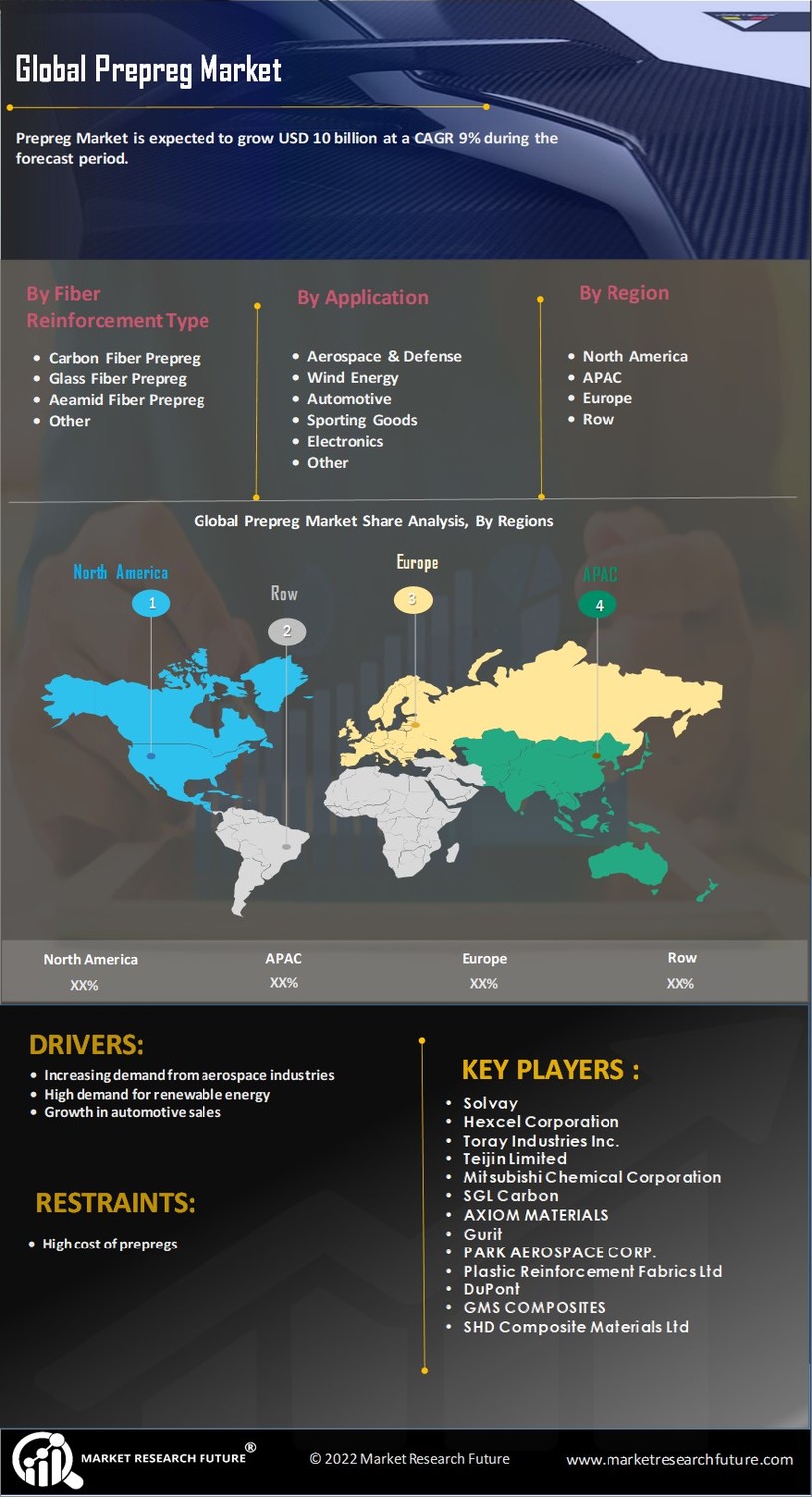

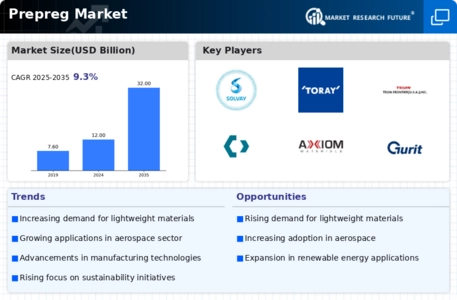
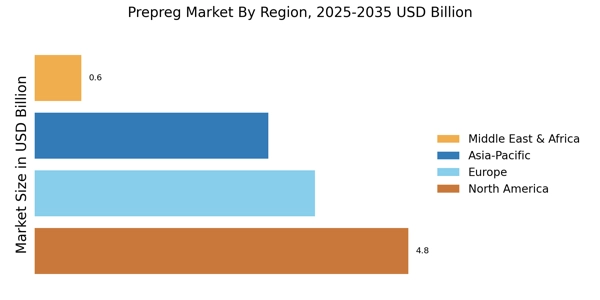
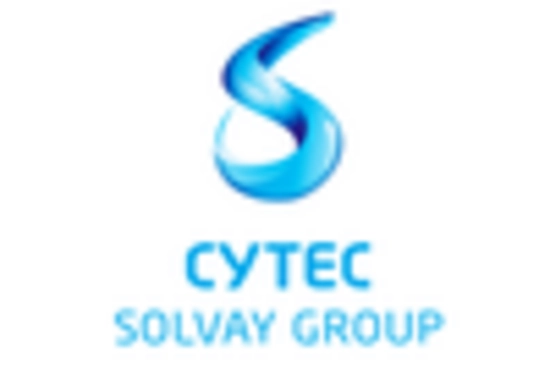
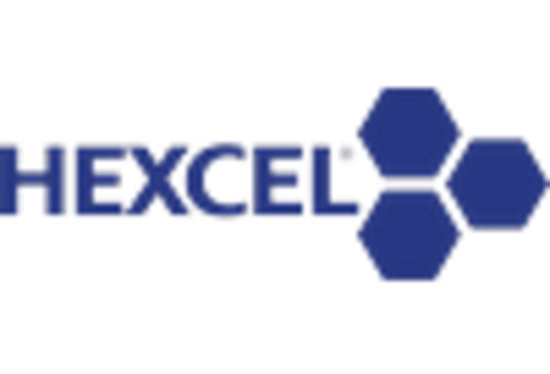

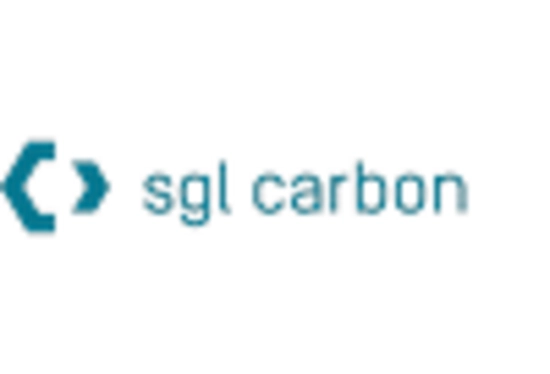
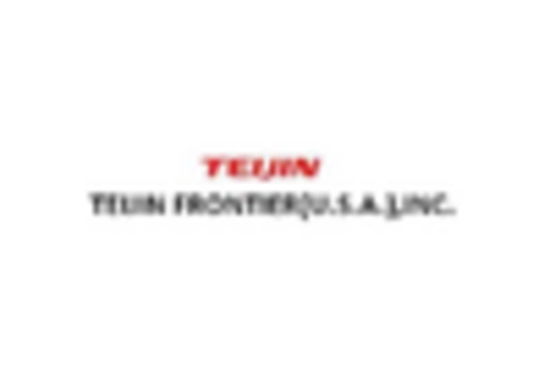
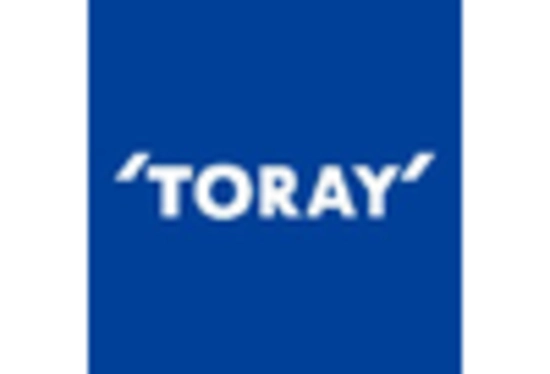








Leave a Comment